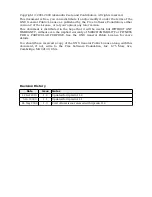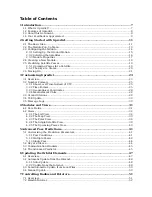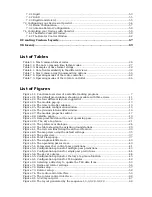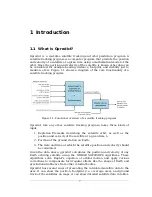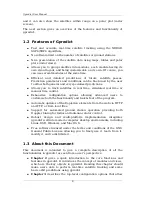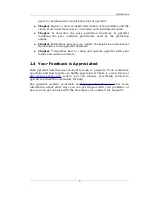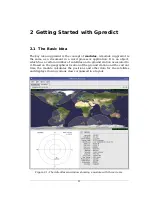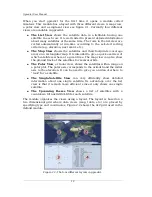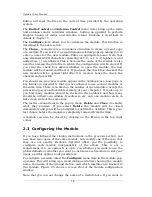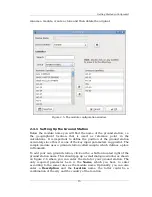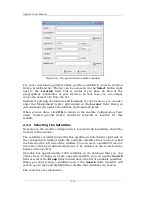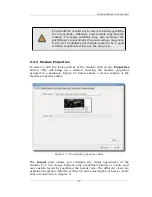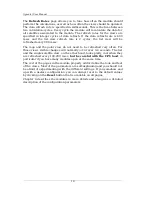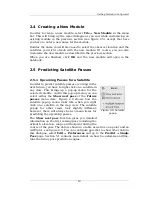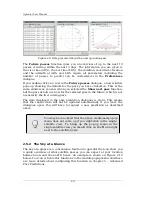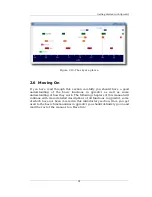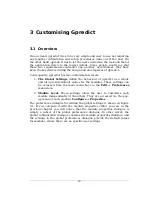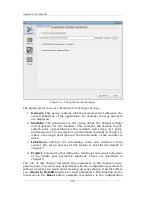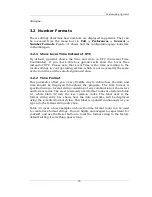
Gpredict User Manual
and it can also show the satellites within range on a polar plot (radar
screen).
The next section gives an overview of the features and functionality of
gpredict.
1.2 Features of Gpredict
●
Fast and accurate real-time satellite tracking using the NORAD
SGP4/SDP4 algorithms.
●
No software limit on the number of satellites or ground stations.
●
Nice presentation of the satellite data using maps, tables and polar
plots (radar views).
●
Allows you to group satellites into modules, each module having its
own visual layout, and being customisable on its own. Of course, you
can use several modules at the same time.
●
Efficient and detailed predictions of future satellite passes.
Prediction parameters and conditions can be fine-tuned by the user
to allow both general and very specialised predictions.
●
Allows you to track satellites in real time, simulated real time or
manual time control.
●
Exhaustive configuration options allowing advanced users to
customise both the functionality and look & feel of the program.
●
Automatic updates of the Keplerian elements from the web via HTTP
and FTP, or from local files.
●
Support for automated ground station operation providing both
Doppler tuning for radios and antenna rotator control.
●
Robust design and multi-platform implementation integrates
gpredict well into modern computer desktop environments, including
Linux, BSD, Windows, and Mac OS X.
●
Free software licensed under the terms and conditions of the GNU
General Public License allowing you to freely use it, learn from it,
modify it, and re-distribute it.
1.3 About this Document
This document is intended to give a complete description of all the
functionalities in gpredict as seen from a user's perspective.
●
Chapter 2
gives a quick introduction to the core functions and
features in gpredict. It introduces the concept of modules and views,
which are the key objects in gpredict. Reading this chapter should
make users able to perform real-time satellite tracking and some
basic orbit predictions using gpredict.
●
Chapter 3
describes the top-level configuration options that allow
8


